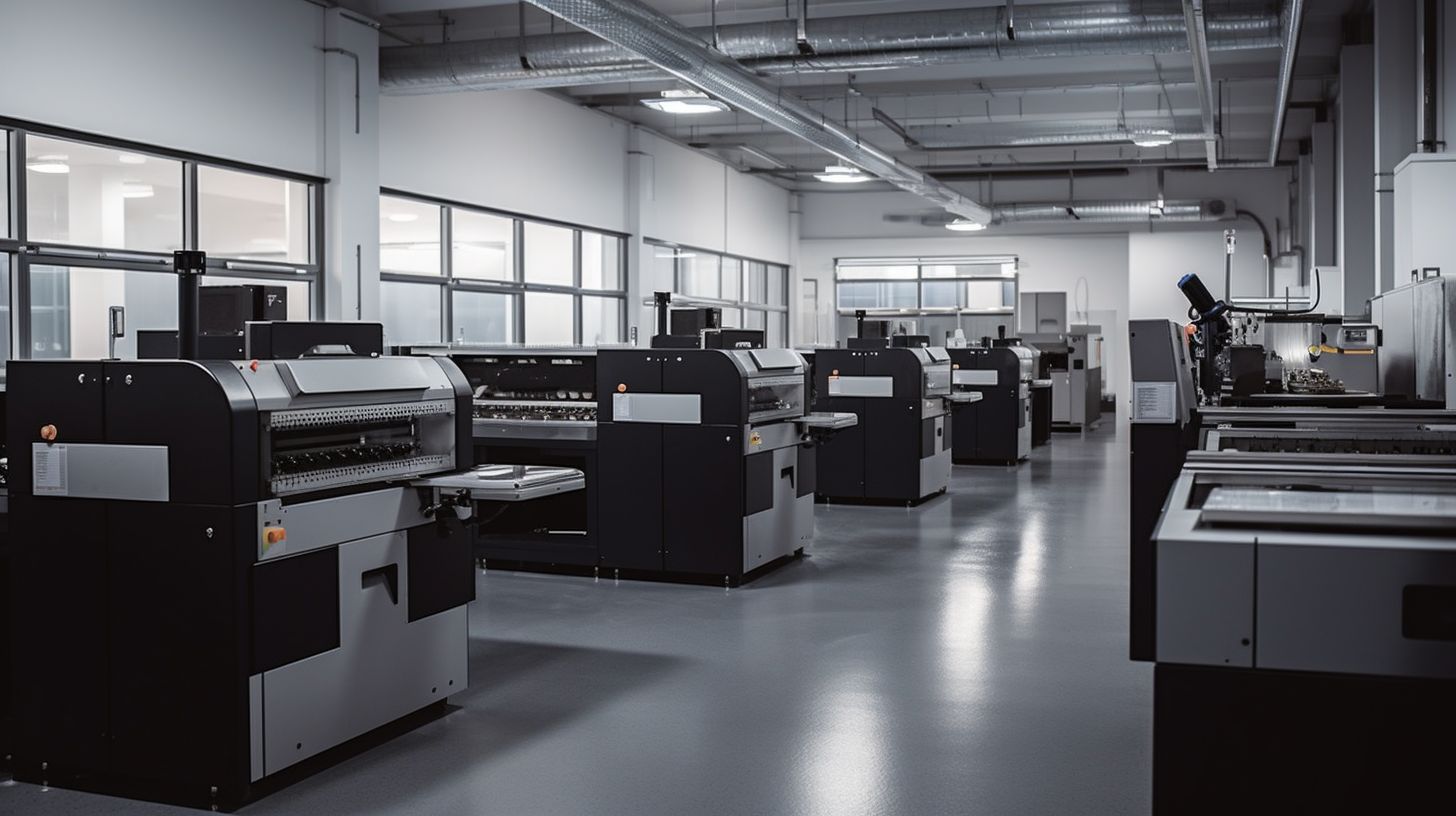As we delve into the world of box printing, we come to realize that the proofing box and the bulk sample of boxes, though they may sound similar, are actually quite distinct. It is important for us, as learners, to understand the nuances that set them apart.

I. Differences in Mechanical Structure
One significant difference lies in the mechanical structure of the printing machines. The proofing machines we often encounter are typically platform machines, usually single or double color, with a round-flat printing mode. On the other hand, printing presses can be much more complex, with options such as monochrome, bicolor, or even four-color, utilizing round printing round method for ink transfer between the lithography plate and the imprint cylinder. Furthermore, the orientation of the substrate, which is the printing paper, also differs, with proofing machines using a horizontal layout, while the printing presses wrap the paper around the cylinder in a round shape.
II. Differences in Printing Speed
Another notable distinction is the discrepancy in printing speed between proofing machines and printing presses. Printing presses boast a much higher speed, often exceeding 5,000-6,000 sheets per hour, while proofing machines can only manage around 200 sheets per hour. This variance in printing speed can impact the use of ink rheological characteristics, fountain solution supply, dot gain, ghosting, and other unstable factors, consequently affecting the reproduction of tones.
III. Differences in Ink Overprint Method
Furthermore, the ink overprint methods also vary between proofing machines and printing presses. In printing presses, the next layer of color ink is often printed before the previous layer has dried, while proofing machines wait until the front layer has dried before applying the next layer. This distinction in ink overprint methods can also influence the final print result, potentially resulting in variations in color tones.
IV. Deviation in Printing Plate Layout Design and Requirements
Additionally, there may be discrepancies in the layout design of the printing plate and printing requirements between proofing and actual printing. These deviations can lead to inconsistencies in color tones, with proofs appearing either too saturated or insufficient compared to the actual printed products.
V. Differences in Printing Plates and Paper Used
Moreover, the plates used for proofing and actual printing may differ in terms of exposure and printing power, resulting in distinct print effects. Additionally, the type of paper used for printing can also impact the print quality, as different papers have varying abilities to absorb and reflect light, ultimately affecting the final appearance of the printed product.
As we strive for excellence in digital products' box printing, it is essential for packaging printing manufacturers to minimize differences between proofs and actual printed products to ensure a more realistic representation of the product drawings on the box. Through a keen understanding of these nuances, we can truly appreciate the intricacies of box printing and strive for perfection in our craft.
Post time: May-05-2023
